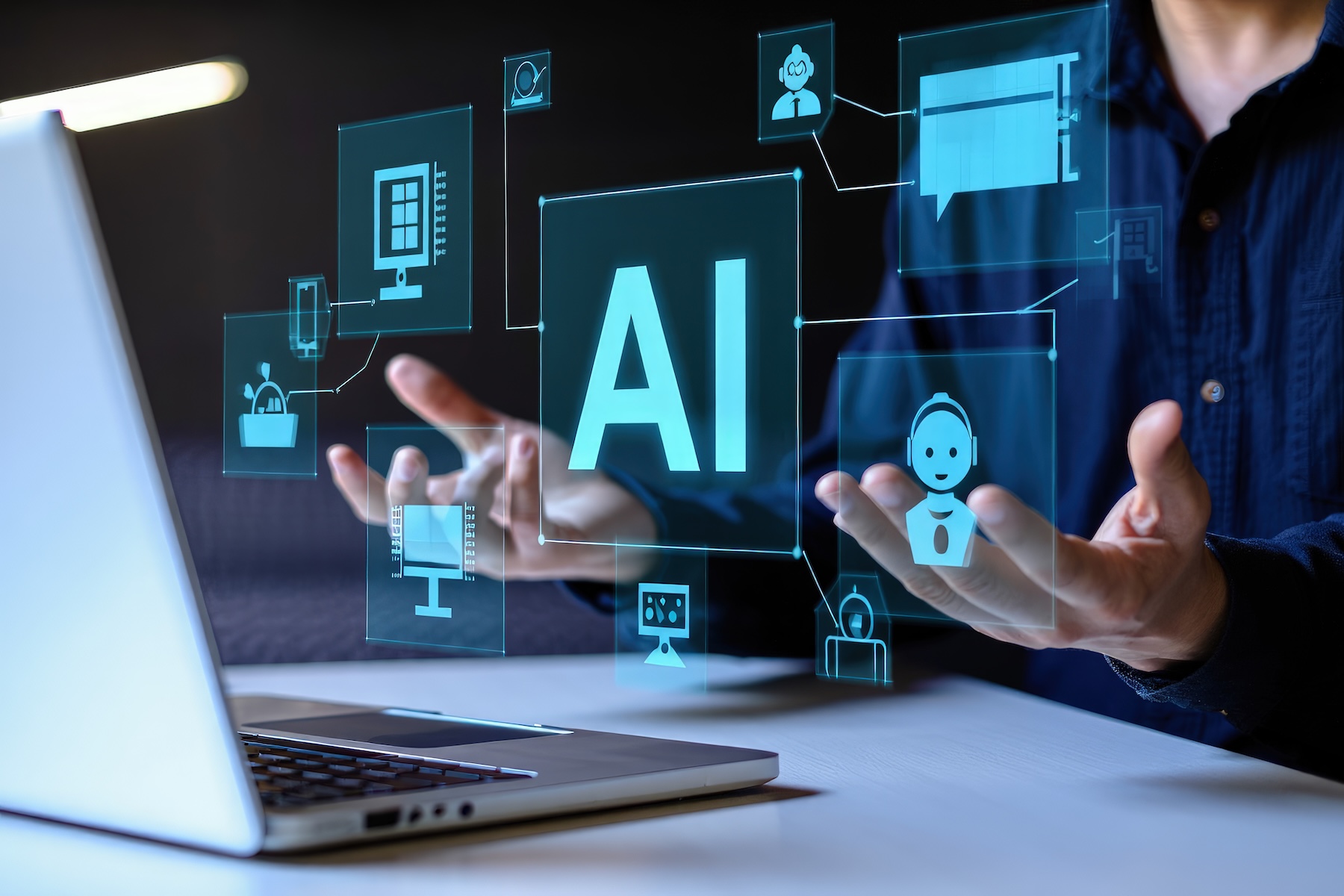AI is showing up everywhere—from chatbots in customer service to tools that claim they can build you a website in under 60 seconds. But behind the buzzwords and flashy demos, a question remains: Is AI actually changing web design for the better, or just giving us a fancier way to settle for less?
At Ask the Egghead Inc., we’ve tested, adopted, and in some cases, rejected the latest AI solutions. Here’s what we’ve learned about what’s genuinely useful—and what’s just noise.
Where the Hype Falls Flat
Let’s start with what AI isn’t doing well—despite all the hype.
1. “Instant Website Builders”
Many new platforms brag that AI can launch your site in minutes. That sounds exciting until you realize:
-
You’re getting generic layouts that ignore your unique brand.
-
There’s no real UX thinking behind the structure.
-
SEO “optimization” is often shallow or outdated.
These tools are great for fast mockups or side projects—but relying on them for your business site? Risky.
2. Overpromised Automation
Some AI tools claim to handle everything from copywriting to design revisions automatically. In reality:
-
The content often lacks context, tone, or originality.
-
Design choices feel disconnected from actual user behavior.
-
There’s no strategic layer—AI can’t understand your business goals the way a real creative partner can.
Where AI Actually Delivers Value
Despite the overselling, AI does bring serious benefits when used wisely. At Ask the Egghead, we use AI in ways that amplify our team’s skills—not replace them.
1. Content Drafting & Brainstorming
Tools like ChatGPT are great for:
-
Creating outlines or rough drafts of blog posts and landing pages.
-
Generating creative angles or fresh takes on familiar topics.
-
Speeding up keyword research and initial SEO ideas.
But that’s just step one. Our team always edits, enriches, and aligns content with your brand voice.
2. Accessibility & Optimization
AI helps us catch details the human eye might miss—like:
-
Missing image alt text.
-
Poor color contrast for visually impaired users.
-
Large image files dragging down load times.
These micro-optimizations lead to a better, faster, and more inclusive web experience.
3. User Behavior Analysis
With AI-powered platforms like Hotjar or Microsoft Clarity, we can:
-
Study heatmaps to see how users navigate your site.
-
Identify drop-off points in conversion funnels.
-
Test different layouts or CTAs based on real behavioral data.
This isn’t guesswork—it’s design guided by AI-enhanced insight.
4. Code Efficiency & Monitoring
AI also supports the tech side:
-
It can suggest efficient code snippets, saving time.
-
Security scanners flag anomalies before they become breaches.
-
Performance monitors alert us to slowdowns before your users even notice.
Again, these are tools—not substitutes for an experienced developer.
What We Leave to Humans
AI can assist, but it doesn’t replace strategy, creativity, or experience. Here’s where we draw the line:
-
Brand identity: Logos, tone of voice, and core messaging require human insight.
-
Custom development: API integrations, database structuring, and advanced logic aren’t areas for shortcuts.
-
Client strategy: AI doesn’t attend discovery calls, ask hard questions, or map out long-term growth goals. We do.
Our Approach: AI With Intention
We treat AI like a smart co-worker—it helps with the heavy lifting but doesn’t make the final call. When combined with human creativity and business insight, it’s a powerful accelerator. When left to run the show alone, it often delivers bland, mismatched results.
If you want a website that looks amazing, performs brilliantly, and grows with your business—AI can help. But you need a partner who knows how to wield it properly.

